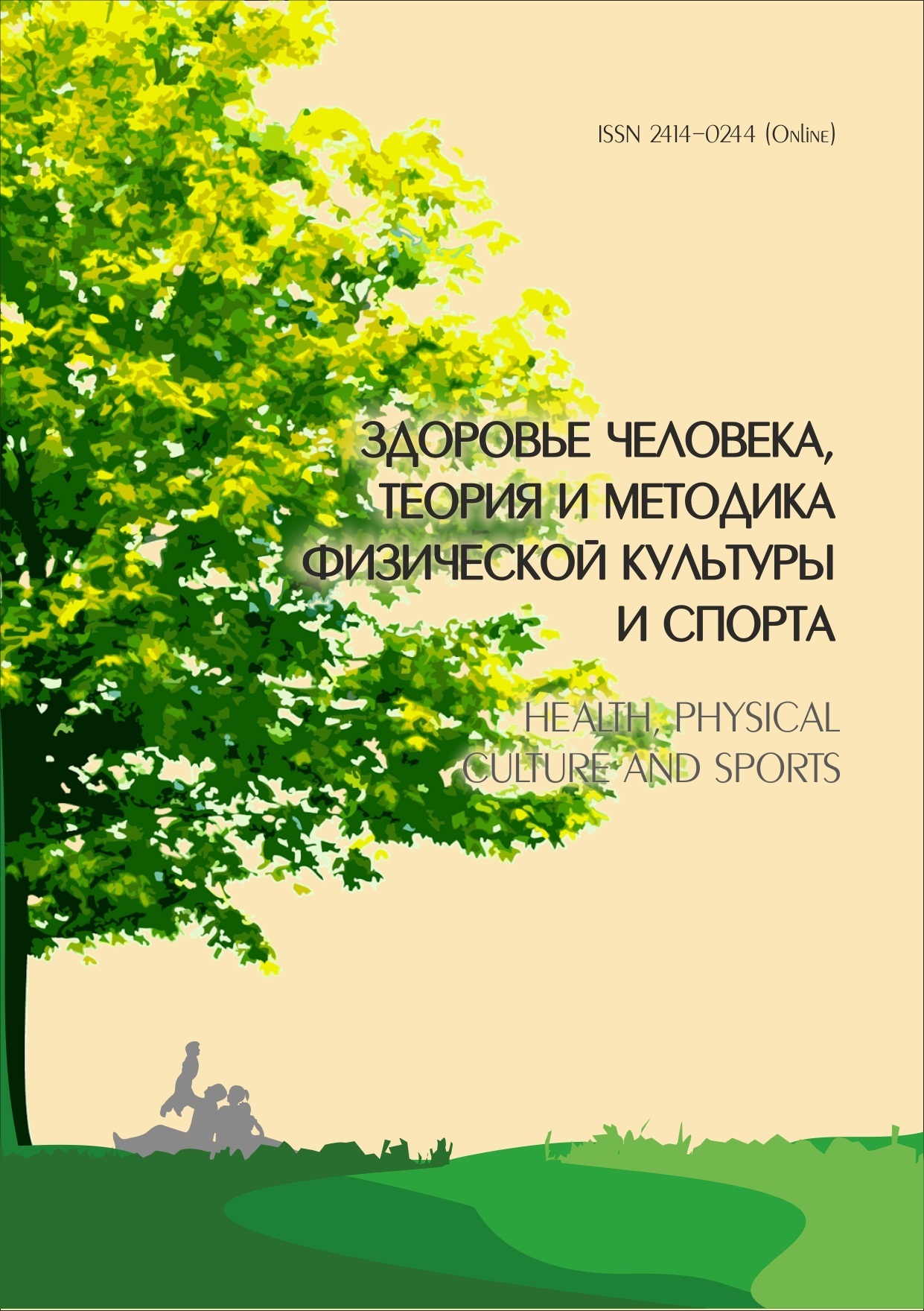SPECIFICS OF MEDICAL EPONYMOUS TERMINOLOGY (IN VIEW OF ENGLISH, RUSSIAN AND BULGARIAN MEDICAL DISCOURSE)
УДК 81'276.6
Abstract
Objectives: to give a general preliminary idea of the terminological unit; to summarizethe basic postulates of Frame — based Terminology Theory (FBTT); to outline the aspects ofmedical eponyms; to form medical eponymous models in English, Russian and Bulgarian academiclanguages; to emphasize practical dimension of the present study (application in language trainingprocess, expanding linguistic medical competence). Materials and research methods. 34 compoundEnglish, Russian and Bulgarian eponymous terms (including synonymous variants of the threelanguages) have been discussed. Methods of definition analysis, conceptual integration, cognitiveanalysis, eponymous modelling, etymological analysis have been applied. Discussion and results ofthe study. A brief description of the parameters of specialized language term is suggested. Framebased Terminology Theory by Pamela Faber (2005–2007) and its basic postulates are discussed.Interdisciplinarity and multidimensionality of the medical domain are indicated in the context ofmedical terminology. The emphasis is on medical eponyms denoting various diseases, syndromes,symptoms and named after great scientists, mythological heroes and literary characters. Conclusions.The following conclusions have been made: 1. Specialized language terminological unit is definitive,accurate, unambiguous, consistent with language norms, scientifically relevant, semantically complete.2. Medical eponymous terminology is expressive; immortalizes the memory of great minds ofmedicine, mythological and literary characters; provokes medical students» curiosity, expandingtheir knowledge. 3. Medical eponymous terminology base is multidimensional in terms of cognitive,linguistic, socio-communicative and pedagogical aspects.
Downloads
References
Bowker, L. Multidimensional classification of concepts and terms. In S.E. Wright and G. Budin (eds.), Handbook of Terminology Management. Philadelphia/Amsterdam: John Benjamins, 1997. pp. 131–143.
Faber, P., Márquez Linares, C. & Vega Exposito. (2005). Framing terminology: a process-oriented approach. M: META 50 (4)
Faber, P., et al. (2006). Process-oriented terminology management in the domain of coastal engineering. Terminology 12 (2). Moscow: pp. 189–213.
Faber, P., et al. Linking images and words: the description of specialized concepts. International Journal of Lexicography 20: 2007. pp. 39–65
Fillmore, C.J. The need for frame semantics within linguistics. Statistical Methods in Linguistics 12: 1976. pp. 5–29.
Fillmore, C. J. (1982). Frame semantics. In the Linguistic Society of Korea (ed.) Linguistics in the Morning Calm. Seoul: Hanshin, pp. 111–137.
Fillmore, C. J. (1985). Frames and the semantics of understanding. Quaderni di Semántica, 6 (2), 222–254.
Fillmore, C. J. & Atkins, S. (1992). Towards a frame-based organization of the lexicon: The semantics of RISK and its neighbors. In A. Lehrer and E. Kittay (eds.). Frames, Fields, and Contrast: New Essays in Semantics and Lexical Organization. Hillsdale: Lawrence Erlbaum, pp. 75–102.
Meyer, I. & Mackintosh, K. (1996). Refining the terminographer's concept analysis methods: how can phraseology help? Terminology, 3 (1), 1–26.
Copyright (c) 2020 Health, physical culture and sports

This work is licensed under a Creative Commons Attribution-NonCommercial 4.0 International License.
An author should not normally publish manuscripts describing essentially the same research in multiple journals or publication venues. Such redundant publication is generally considered to constitute unethical publishing behavior, and if discovered may result in a manuscript under consideration being rejected, or a published article being retracted.
Authors of manuscripts reporting on original research should present an accurate account of the work performed, accompanied by an objective discussion of its significance. Underlying data should be represented accurately in the manuscript. The manuscript should contain sufficient detail and references to permit others to replicate the work. The fabrication of results and the making of fraudulent or knowingly inaccurate statements constitute unethical behavior and may be cause for rejection or retraction of a manuscript or published article.





